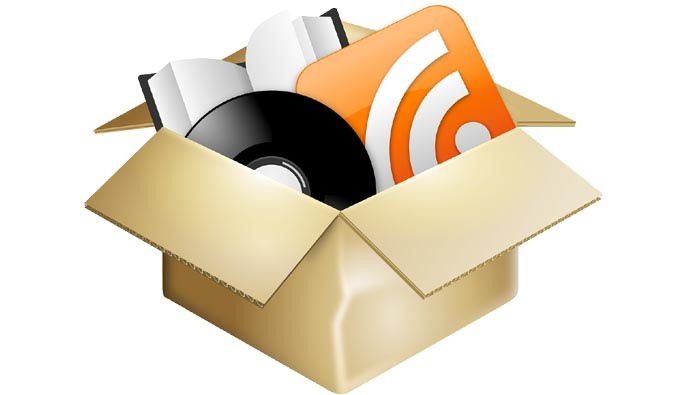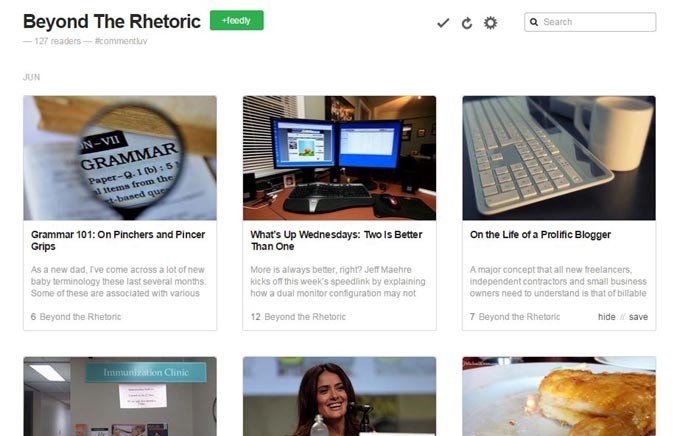When I first launched Beyond the Rhetoric way back in 2006, I didn’t even know that WordPress existed. Twitter was still in its early development stages and Instagram was still a full four years away. To say that a lot has changed would be a severe understatement. After all, John had barely begun to monetize this blog then and look at how profitable it is today.
And that’s the thing about making money online. The environment and technology continue to change at a breakneck pace and you need to keep up with the times if you want to enjoy any semblance of success. You can’t simply sit on your laurels and keep doing the same old thing. We’ve come to assume that most major businesses, particularly of the online variety, will have an official Facebook page, for example.
Back in 2006, we’d also assume that just about every blog and online magazine that we read would have an RSS feed to which we could subscribe. It was the best way to stay on top of all the newest updates without having to visit each of our favorite sites individually. But as social media continues to rise and other curation services come to the forefront, more and more people are declaring the death of RSS.

I disagree. While I will admit that RSS subscriptions may not be used as much now as before the death of Google Reader in 2013, and while I will admit that RSS doesn’t play as prominent a role in current conversations surrounding Internet marketing as it once did, it’s still very much relevant to the people who do use it. And I’m not alone in this assessment either.
Guy McDowell of MakeUseOf.com published an article earlier this year outlining some of the key figures in relation to RSS usage on the Internet today. He mentions how Feedly has seen a 900% increase in revenue in the last two years, for example, and how the Feedly app for Android has been downloaded over 1.5 million times. He mentions how over 2,000 of the top 10,000 websites on the web publish RSS feeds and over 22,000 of the top 100,000 sites do too.

For a lot of bloggers, WordPress continues to be the content management system of choice and one of its more useful strengths is that it automatically generates an RSS feed for you. If you simply add /feed to the end of just about every WordPress blog (as well as blogs powered by some other content management systems), you’ll get the RSS feed.
And while it is in your best interest to optimize your RSS feed for the readers who do use it, you don’t have to do that for your RSS feed to still be functional. The question then, going all the way back to the title of today’s post, is not whether you should have an RSS feed at all, but rather whether you should actively promote it anymore.
The answer isn’t immediately clear. The arguments against a full feed RSS are the same now as they were back in 2006. Critics will say that it will encourage people to read your content through an aggregator and they’ll never visit your site where you actually make the money. But you can monetize your RSS feed and you can make money on the back-end through a mailing list too. It’s more important to keep your blog’s brand front of mind for your readers.
For my part, while it may not be as necessary to prominently feature a big RSS icon right on your blog’s header, it’s still a good idea to make it easy to find for the people who want to find it. Just place that universally-understood RSS icon somewhere obvious. It takes little effort and you’ve got nothing but upside.
